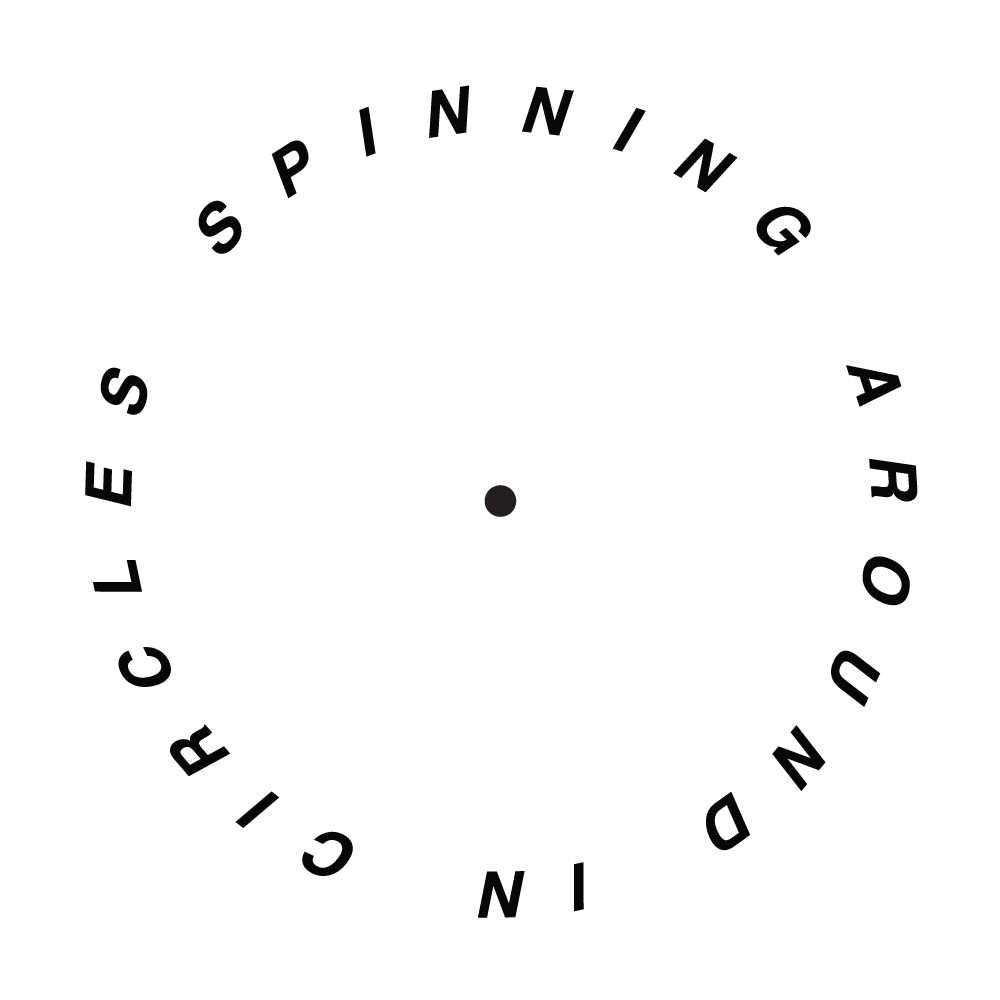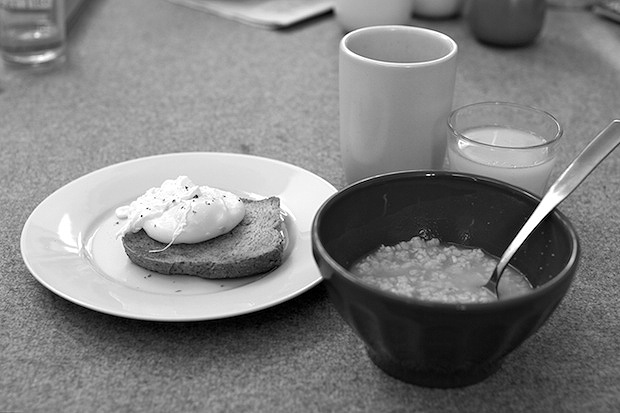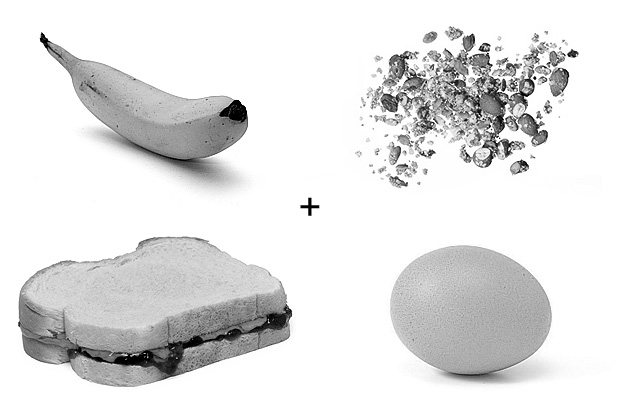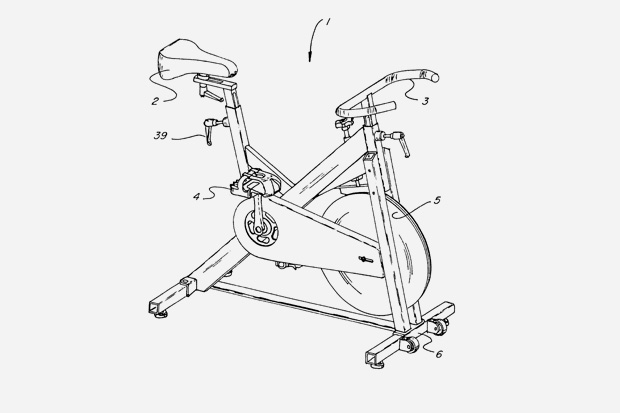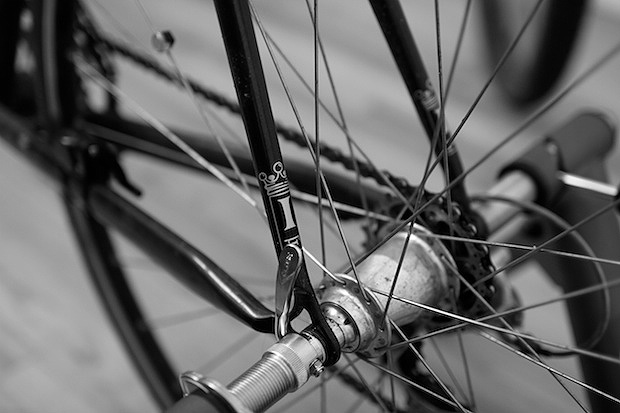 I picked up this CycleOps fluid trainer in late November. It took me a while to get used to riding indoors. The technique is so different that takes some time getting used to it. There are so many advantages to indoor training that make up for its awkwardness; controlled intervals, shorter workouts, less wear on your bike. However, it's not without its faults, chiefly staring at a wall for two hours, yet somehow I think even that's essential for endurance racing; mental endurance.
I picked up this CycleOps fluid trainer in late November. It took me a while to get used to riding indoors. The technique is so different that takes some time getting used to it. There are so many advantages to indoor training that make up for its awkwardness; controlled intervals, shorter workouts, less wear on your bike. However, it's not without its faults, chiefly staring at a wall for two hours, yet somehow I think even that's essential for endurance racing; mental endurance.
One of the major issues with training indoors is staying cool. It's easy to overheat since you're not fighting the wind anymore, which naturally moderates your body temperature. I have a huge fan at full blast pointed at me for this reason. Because you sweat more I often wear a sweat-band and have a towel draped over the handlebars/top tube of my bike.
Resistance is also different in that you no longer have gravity to fight against. As a result, workouts seem way harder since you're no longer coasting and pedaling to maintain speed the same way. You have to pedal constantly, which is great for developing pedaling technique.
I've also noticed that it's harder to maintain and reach certain heart rate zones without feeling completely obliterated. I'm not sure why this happens, but maybe it's because the amount of resistance is refocused to leg work since your body doesn't have to work as hard to keep up. This actually got better as I continued to use the trainer in my workouts.

The yellow tab is the resistance adjuster. It modulates how much pressure the roller has against the tire. I had mine set up with too much pressure/resistance. I eventually dialed it back so that the easiest gear on my bike was easy, maintaining constant pressure without spinning out.
Compared to a wind and magnetic trainer it provides more natural feeling resistance without the noise. I was curious about rollers, but needed to find something that was portable. This model folds up and packs away easily into our closet.
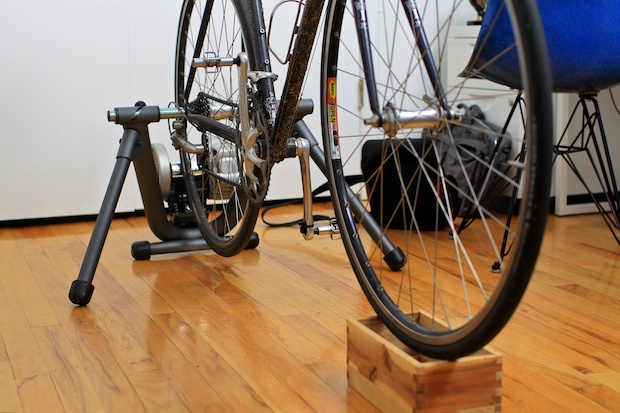
A wooden planter's box does the job of making the setup level and secure. A few books or a phone book can do the trick, too. CycleOps sells a wheel stabilizer/lifter, but I don't think it's that necessary.
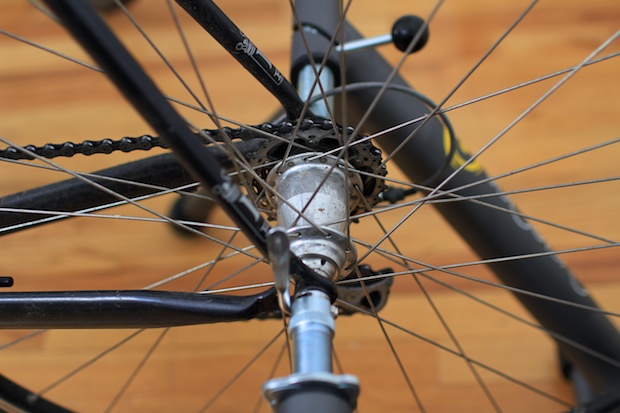
Attaching the bike is quick and easy once you set up spacing correctly. There's a quick release lever on the opposite side that's designed to stay secure even if you're standing up and mashing on the pedals. The entire unit feels solidly built and has the weight to prove it.
Now, towards the latter half of December, I feel pretty comfortable in putting in miles when the weather turns for the worse. No more excuses.
 I thought it'd be fun to do a recap of my month of riding in January. I did just as many rides this month as I did last month, give or take two rides. Surprisingly I rode over 800 miles this month and 500 miles last month. Maybe it was due to the holidays and that I was traveling a lot more, but this is nearly double the amount. My average distance also went up from 20 miles per ride to 30 miles. I logged in 50 hours vs. 36 hours, granted I was doing more short power intervals compared to longer steady state intervals. But what really impressed me this month is the amount of climbing I achieved; 30,258 ft in January and only 6,562 ft in December. Again, I think it's because I spent more time on the trainer than on the road. My average speed is up from 14.7 mph to 16.1 mph, which is really good.
I thought it'd be fun to do a recap of my month of riding in January. I did just as many rides this month as I did last month, give or take two rides. Surprisingly I rode over 800 miles this month and 500 miles last month. Maybe it was due to the holidays and that I was traveling a lot more, but this is nearly double the amount. My average distance also went up from 20 miles per ride to 30 miles. I logged in 50 hours vs. 36 hours, granted I was doing more short power intervals compared to longer steady state intervals. But what really impressed me this month is the amount of climbing I achieved; 30,258 ft in January and only 6,562 ft in December. Again, I think it's because I spent more time on the trainer than on the road. My average speed is up from 14.7 mph to 16.1 mph, which is really good.